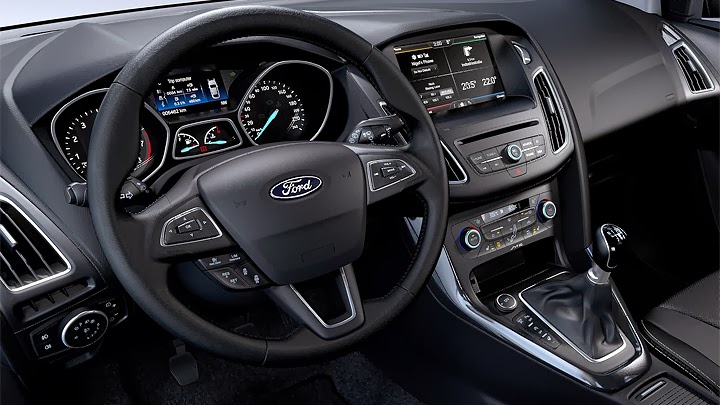
Selling the same cars regardless of the country is an old strategy. Its heyday dates back to the 1980s, when some models arrived with the explicit purpose of look for new buyers outside their homelands. Some automakers took them “as they were”, like Fiat with Uno and Volkswagen with Golf, but others took a chance to be creative: GM sold Ascona C and Kadett E, originally Opel cars, in dozens of countries under so many names and marques that they spawned around ten different variations each. The biggest reason why these strategies fell into disuse is that the markets were too different from each other at that time, in many aspects. This situation only came to change in the past few years, when events like several financial crisis made worldwide preferences start to converge.
Focus’ third generation was the first car to apply One Ford’s unifying concepts. Each market at a time, it reached around 140 countries since 2010 and comes in hatchback, station wagon and sedan, not to mention the platform-siblings C-Max, Grand C-Max and Escape/Kuga. The current news are referred to the first two of those, and has enough changes to be more than a “facelift”. Not anything close of being a complete rework, either, but a large update. The easiest news to spot belong to the front, which adopted Ford’s latest design language. Lights, hood, bumper and grille now resemble Fiesta and Fusion’s sets, while the back features refreshed tailgate and bumper. The results were great once again, but it’s hard to deny that using elements of its own suited a middle-brother much better.
Moving to the inside, the car finally adopted an 8” touchscreen, in order to control the infotainment system and drop the rotary knob and some of the buttons. Besides, that system is Sync 2, which debuts in the new Focus and adds features such as three-dimensional graphics, improved navigation, and more direct voice commands. These changes made the central console look better without changing its basic shapes. Other news include a redesigned steering wheel and the addition of shift paddles, when the car uses automatic transmission. Between standard and optional, some of the equipments are rearview camera, lane-keeping assistance and blind-spot monitoring – the base list of each trim is expected to have some differences for North America and Europe.
If the design made you think Focus became more sophisticated – some might say more “mature” –, talking about the powertrain will only make such opinion stronger. In Europe, there will be a new EcoBoost 1.5L option, good for 148 and 178 hp. The 1.0L can finally be paired with automatic gearbox and was improved to achieve 17% better economy and emit less than 99 g/km of CO2. Using diesel, the 1.5L unit will receive a 118 hp option 19% more frugal than the equivalent option of the current car. In North America, while the base 2.0L isn’t expected to change its 160 hp and 148 lb-ft, the three-cylinder EcoBoost 1.0L will appear for the first time, once again with 123 hp and 125 lb-ft. The new Focus will arrive at both markets later this year.







